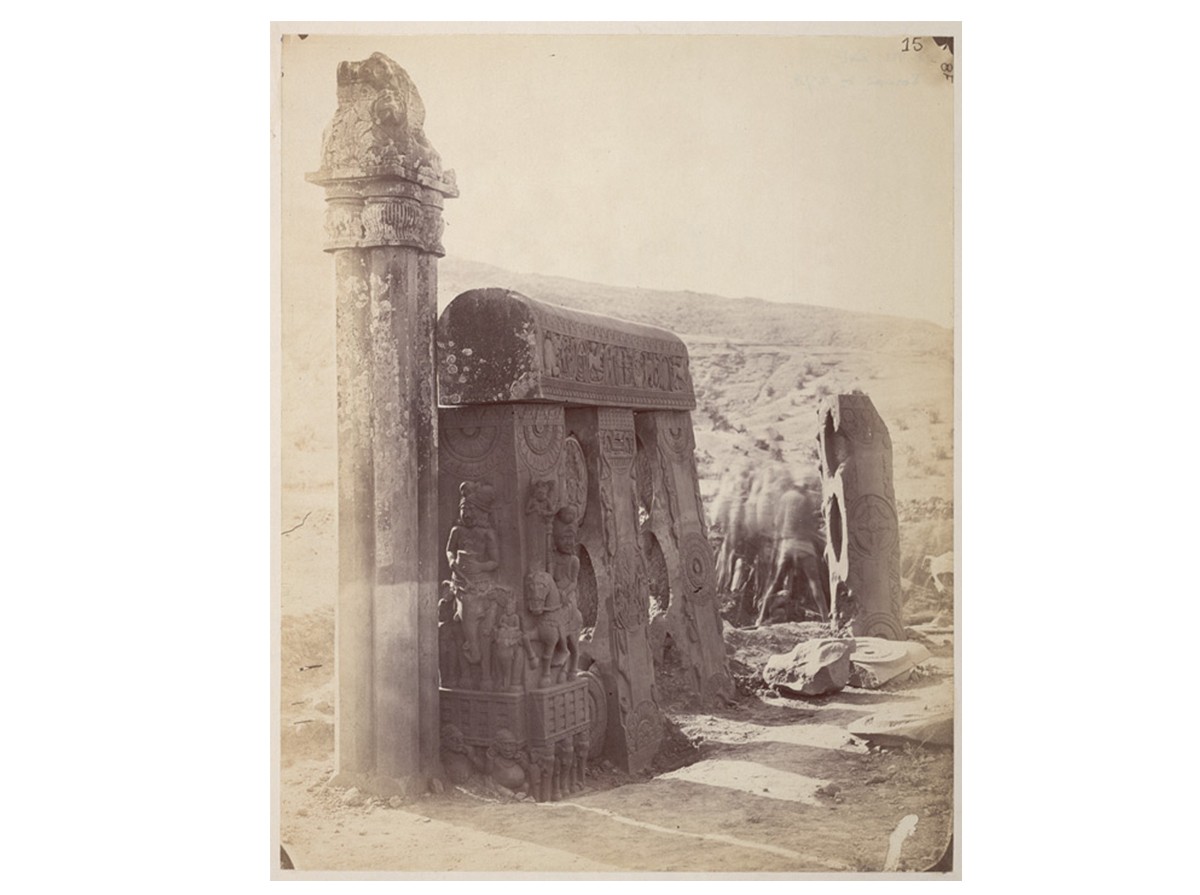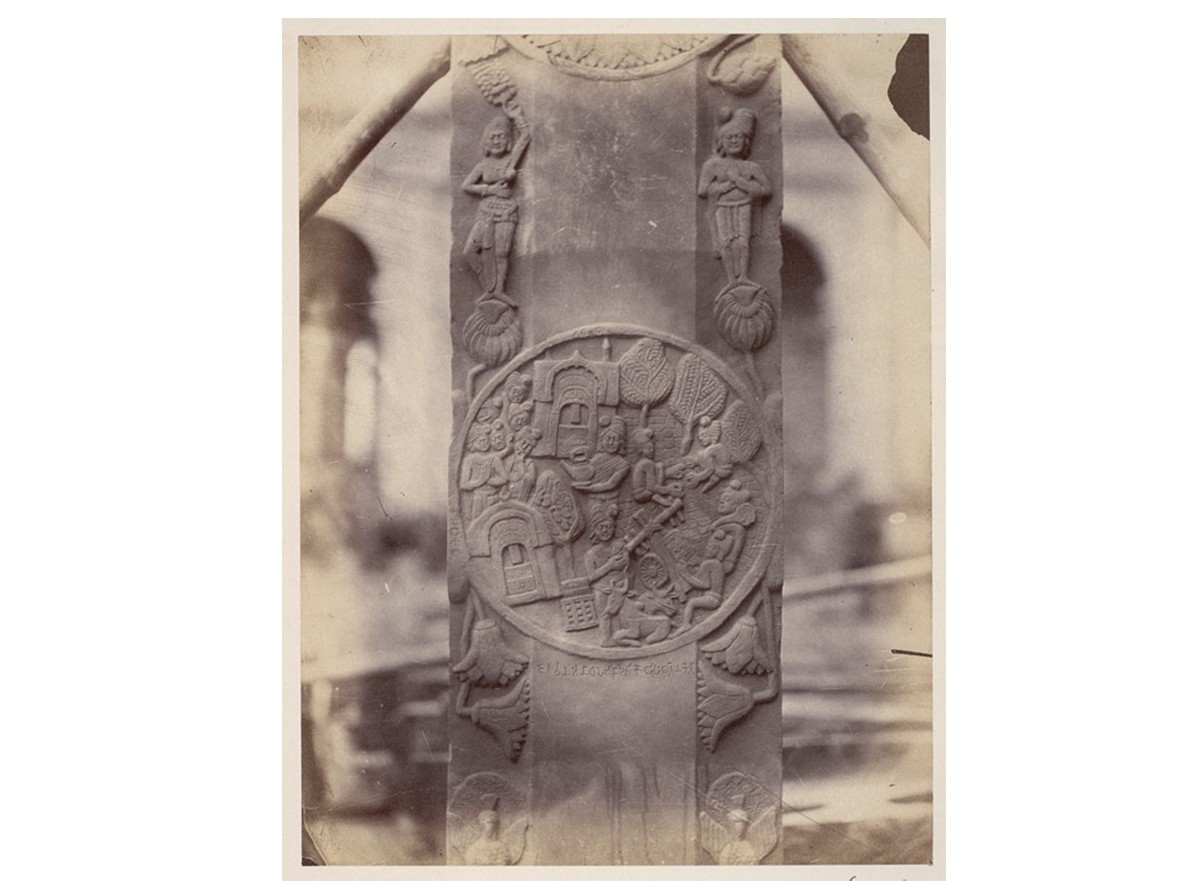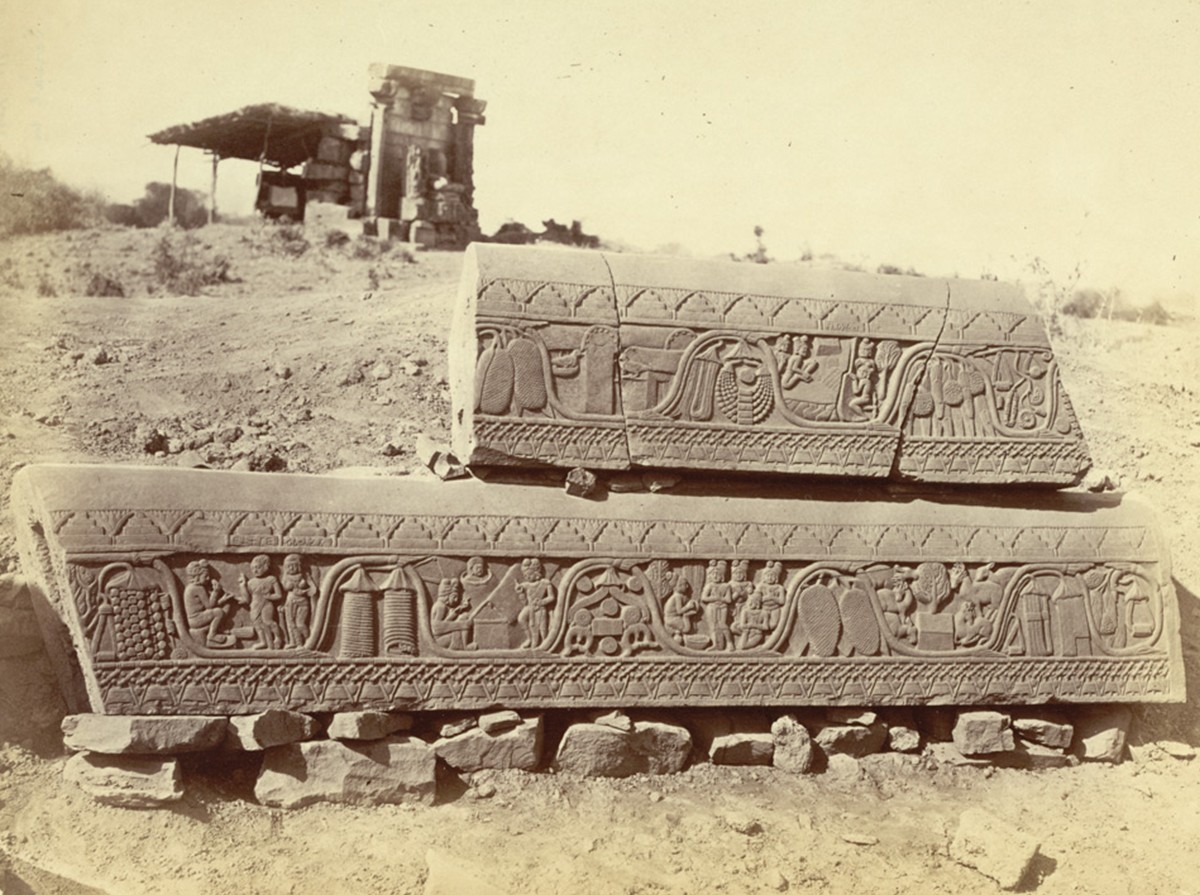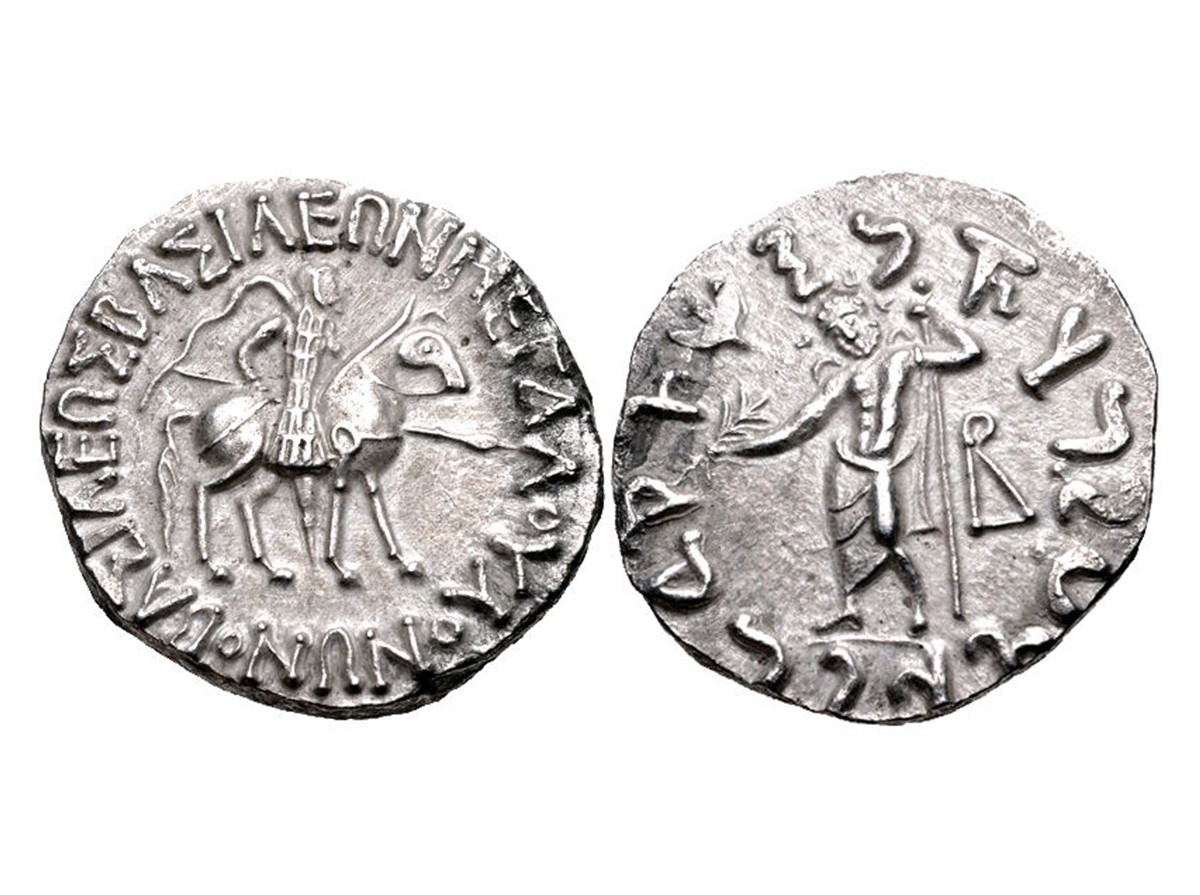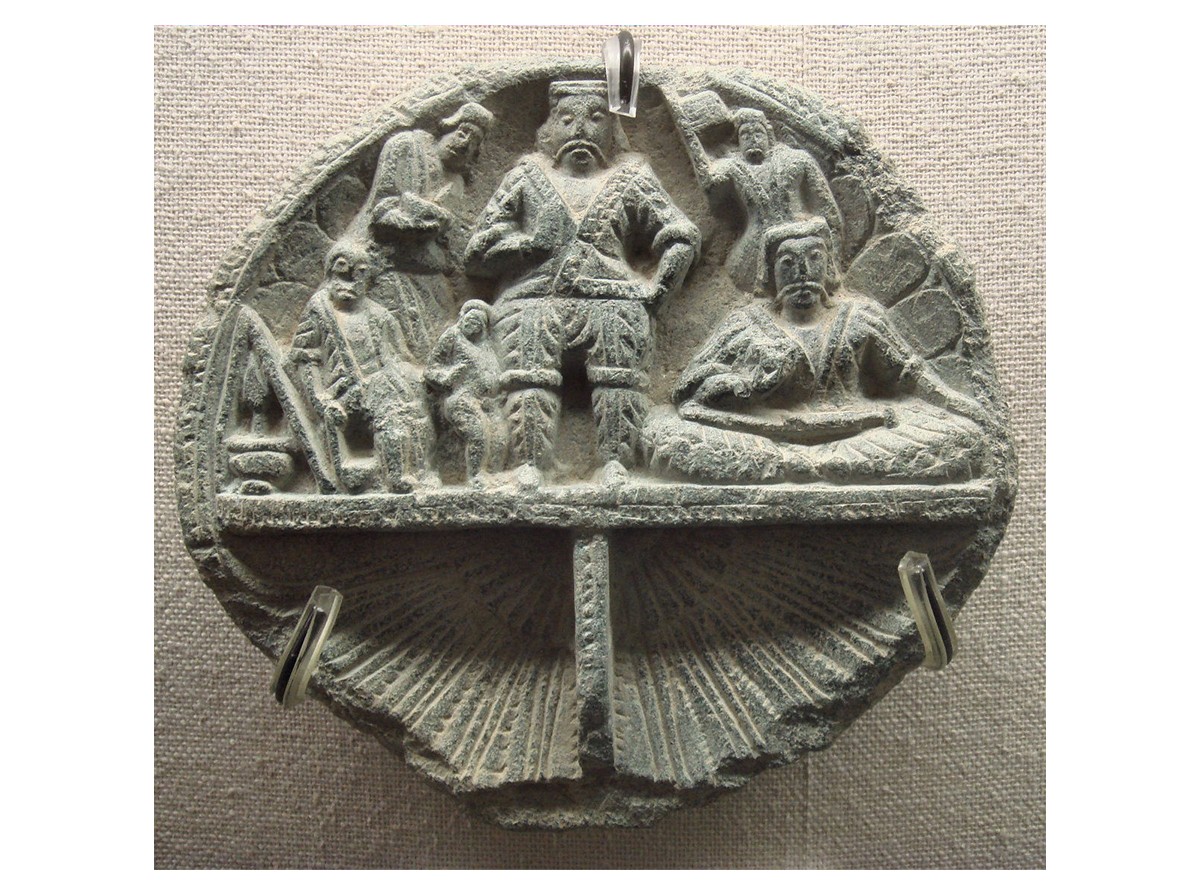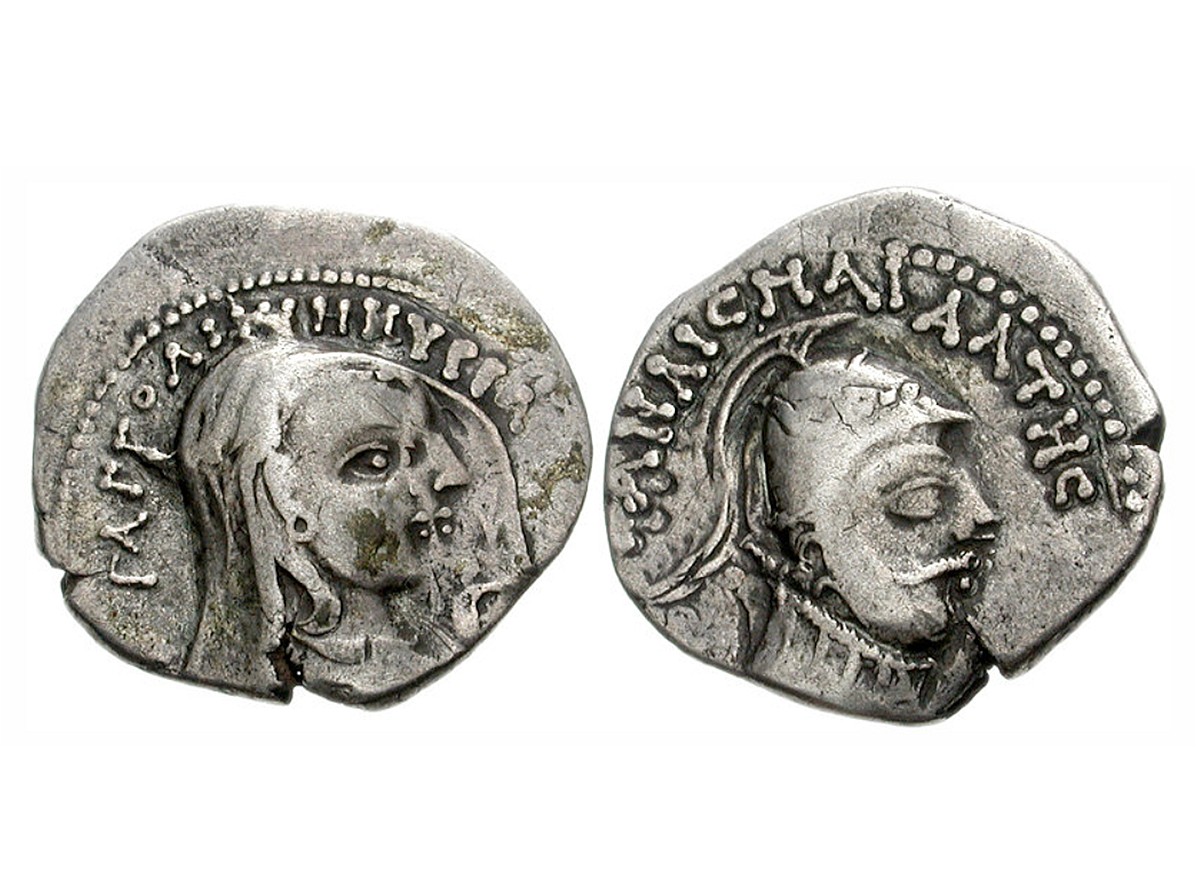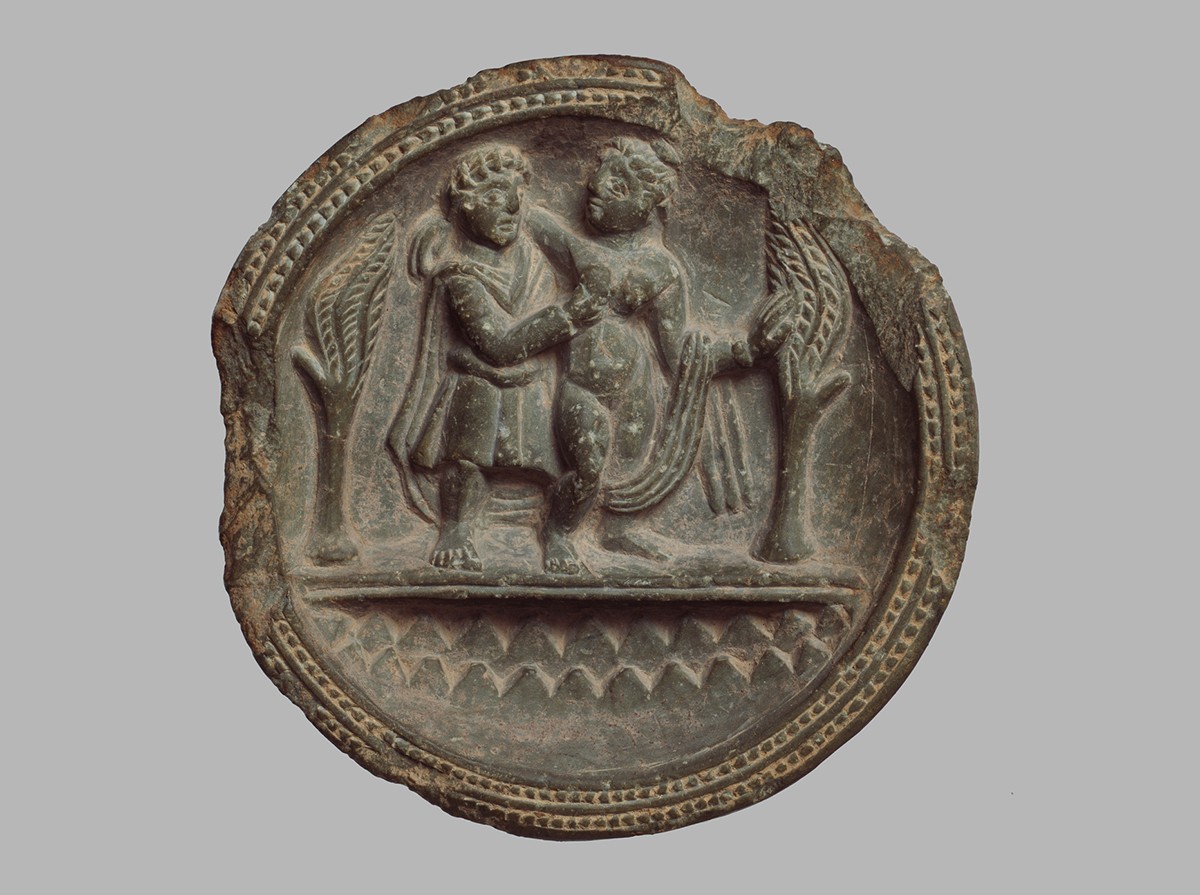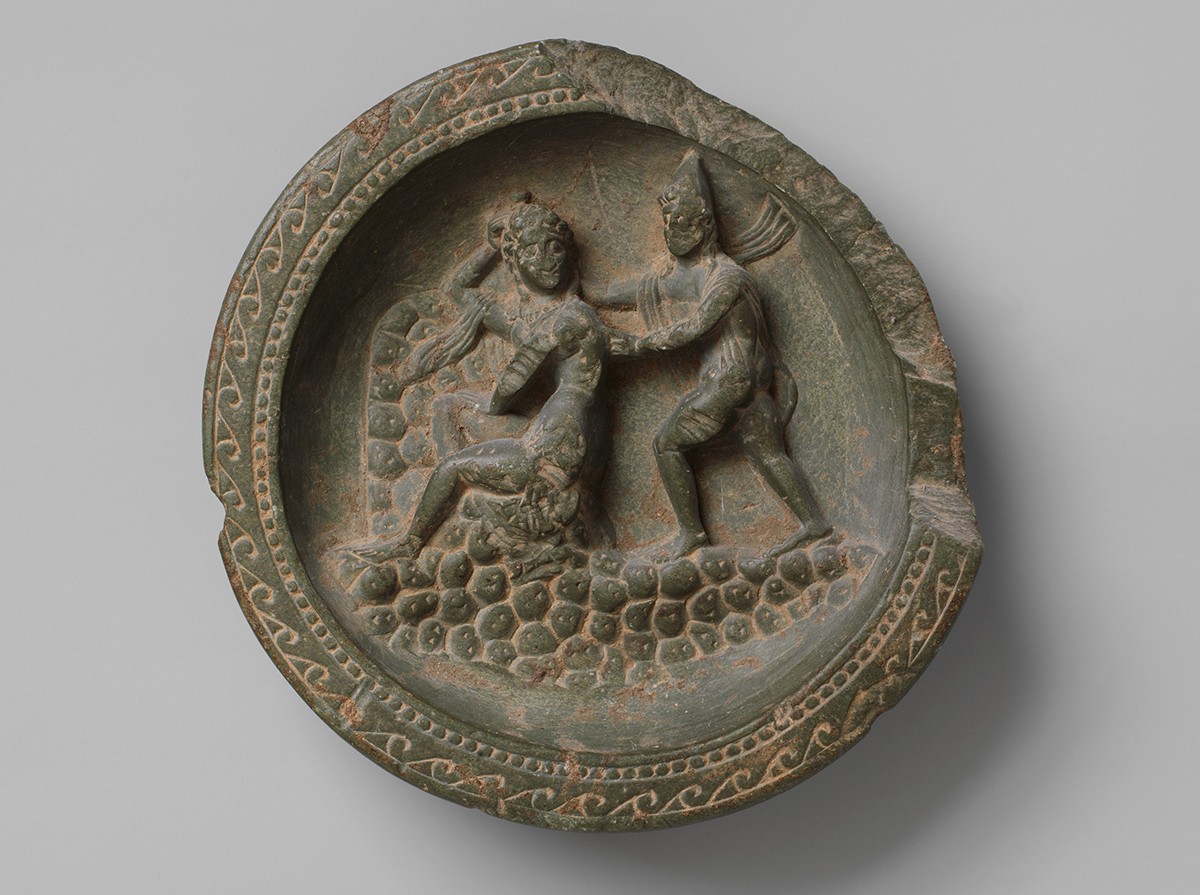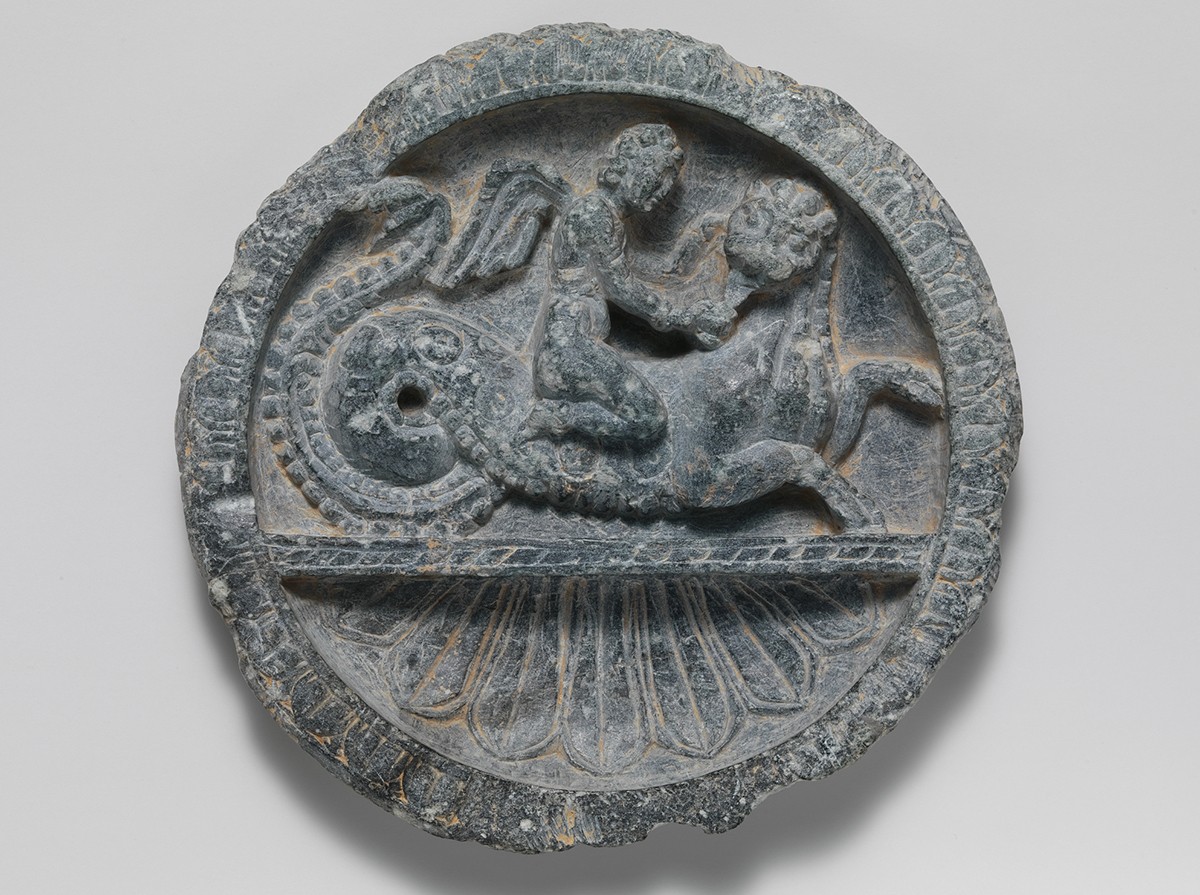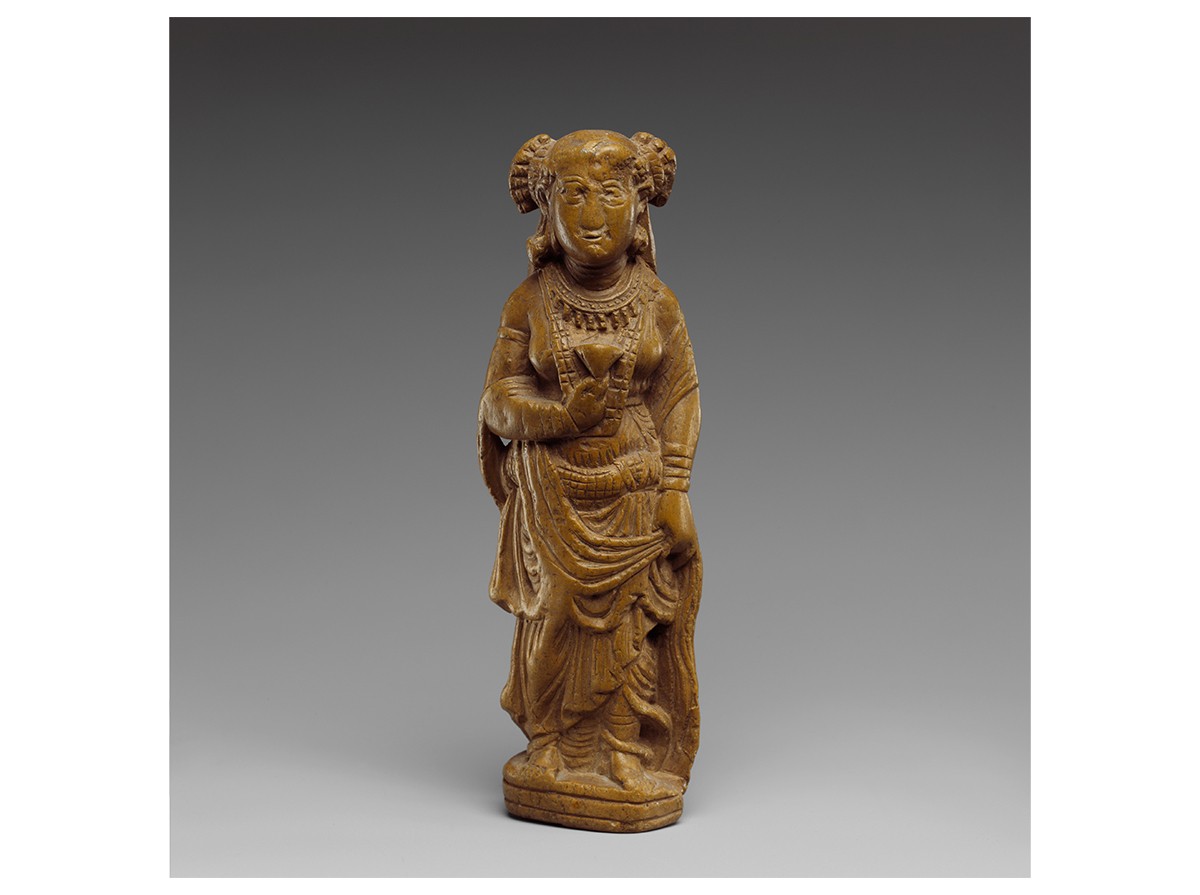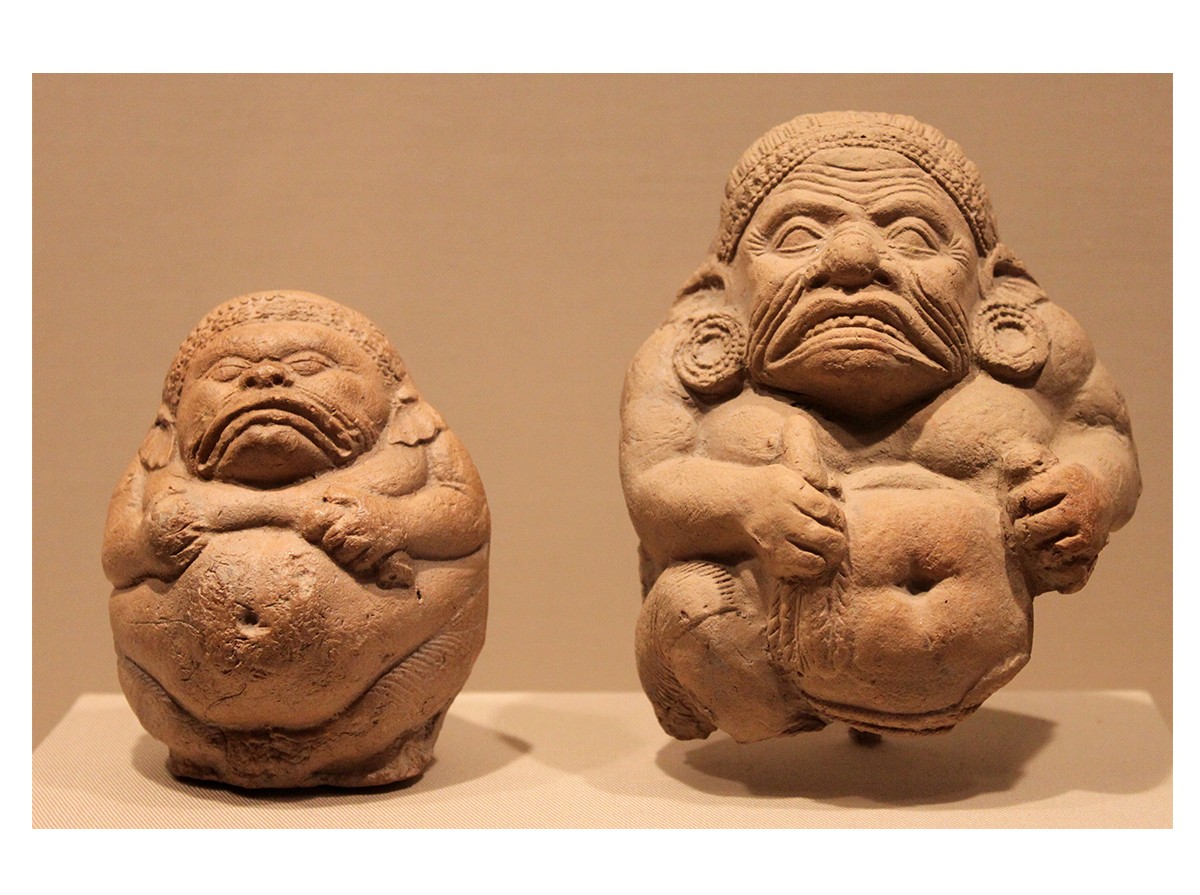Central Asian Peoples Migrate towards the Subcontinent
150 BCE
The Mauryan polity begins to decline, to be replaced by smaller kingdoms in the Gangetic Plains. The Indo-Greek kingdom expands to Punjab, and Central Asian peoples such as the Sakas (Indo-Scythians) and Pahlavas (Indo-Parthians) begin to migrate towards the subcontinent. Their coinage reveals considerable Hellenistic as well as West Asian influences. Various Yaksha and Yakshi cults proliferate through the Gangetic Plains, and other major stupas — such as Bharhut in present-day Madhya Pradesh, India — are commissioned, often by diverse groups of actors, including merchants.
Bibliography
Pollock, Sheldon. The Language of the Gods in the World of Men: Sanskrit, Culture, and Power in Premodern India. Oakland, CA: University of California Press, 2006.
Quintanilla, Sonya Rhie. History of Early Stone Sculpture at Mathura, ca. 150 BCE – 100 CE. Leiden: Brill Publishers, 2007.
Wink, André. Al-Hind: Early Medieval India and the Expansion of Islam, 7th-11th Centuries. Leiden: Brill Publishers, 2002.
Feedback 
This entry appears in
Art in South Asia
Visit Timeline
Associated Timeline Events
First Published: March 11, 2024
Last Updated: May 20, 2024



